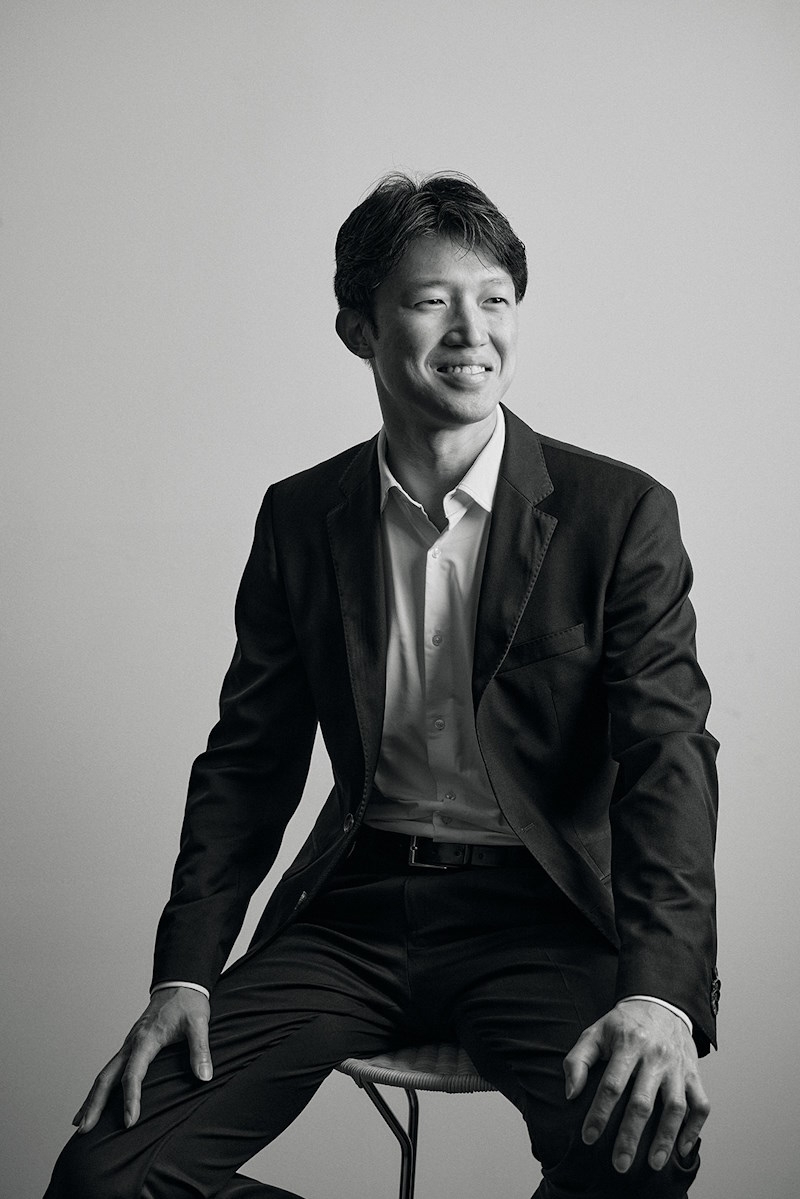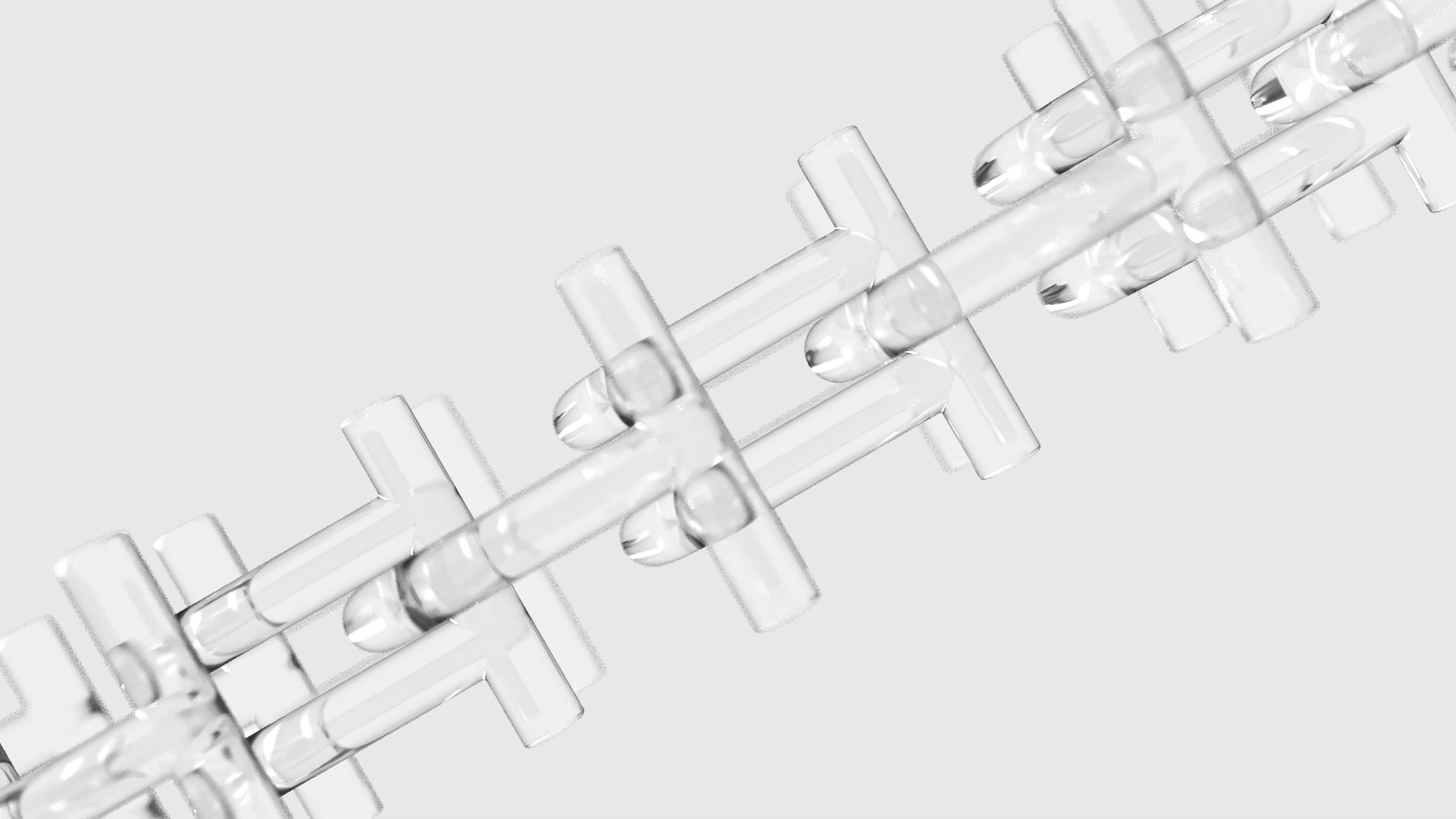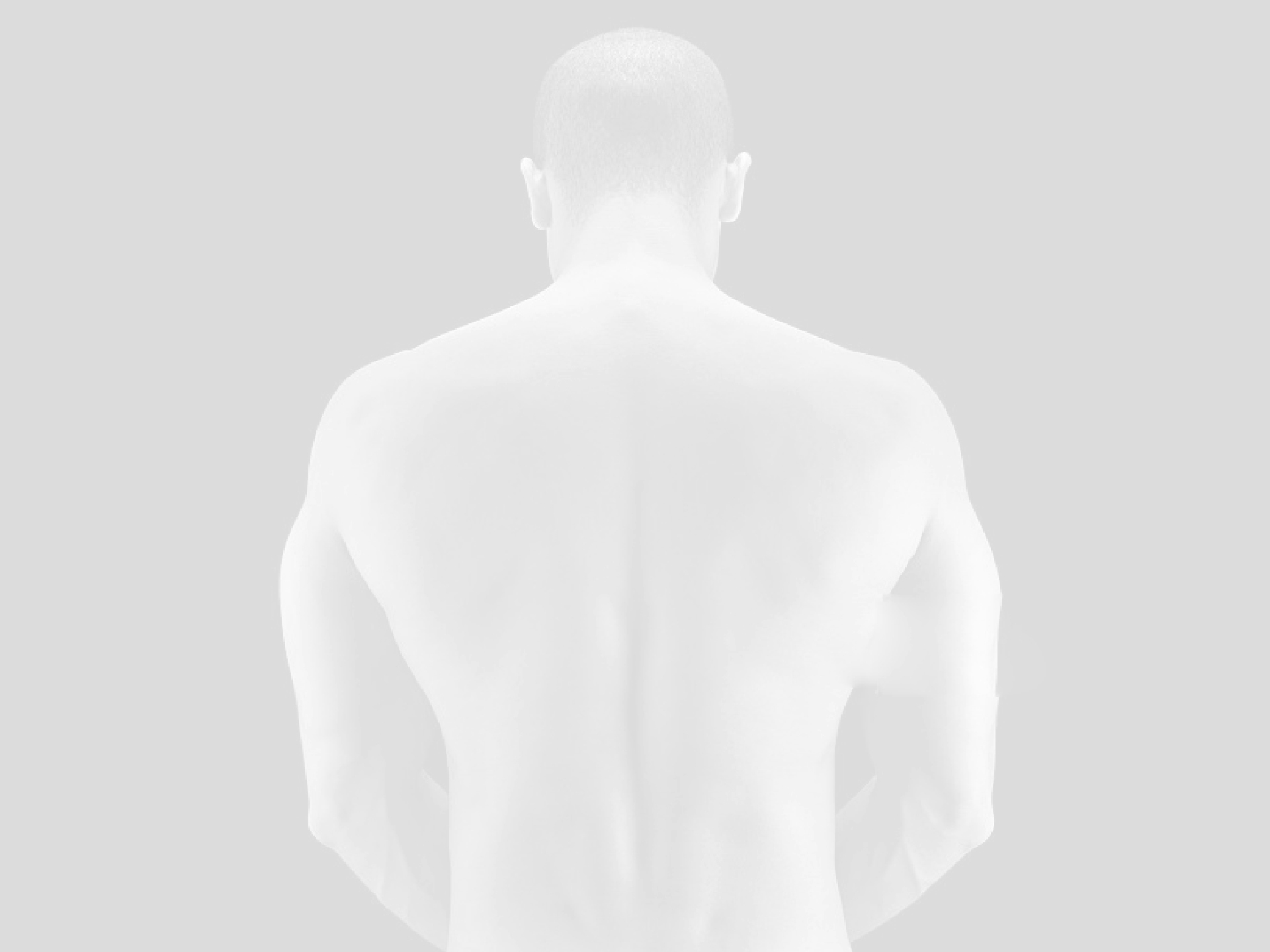ABOUT US
MINIMALLY INVASIVE
MAXIMALLY EFFECTIVE
SPINE SOLUTIONS
We are a passionate team of medical professionals committed to your wellbeing and dedicated to offering personalised care for your neurosurgical and spinal concerns. Our expertise in the field, paired with advanced surgical techniques, allows us to deliver the highest standard of compassionate care.
Terence Tan is an ardent advocate of patient care and places paramount importance on his patients' wellbeing throughout their entire medical journey. With an unwavering commitment to ensuring the best possible outcomes, Terence considers it a privilege to assist and support his patients using cutting-edge, evidence-based technologies and methodologies.
Whether employing non-surgical interventions, motion-sparing advancements or minimally invasive procedures, Terence’s ultimate triumph lies in achieving positive patient results.
Terence believes every individual should have the opportunity to live their life to the fullest. It is an honour for him and his team to contribute to a patient's path towards ultimate wellness.
ABOUT THE SURGEON
MR. TERENCE TAN
MBBS, BMedSci, FRACS
Terence Tan is a Melbourne-trained neurosurgeon and complex spine surgeon who specialises in the surgical and non-surgical management of brain and spine conditions.
His subspecialty interests include the treatment of degenerative spinal disease (including disc protrusions of the neck and back, spinal stenoses, sciatic leg pain), spinal tumours and spinal deformity.
A patient-centric approach based on achieving the best patient outcomes, risk-minimisation and clear communication is central to his practise. In select patients, Terence utilises minimally invasive spine surgery and motion-sparing arthroplasty, as well as spinal technologies including robotics and navigation.
Terence is a graduate of the University of Melbourne. He was trained in Neurosurgery and Spine Surgery at St. Vincent’s Hospital Melbourne, the Alfred Hospital, Austin Hospital, the Royal Melbourne Hospital, the Royal Children’s Hospital and Christchurch Hospital in New Zealand.
Terence is an AO Spine Fellow who has completed two prestigious complex spinal fellowships at University Medical Centre Utrecht and Erasmus Medical Centre in the Netherlands. There, he received rigorous training in spinal deformity correction, removal of spinal metastases, and spinal trauma management from world-leading surgeons.
In addition to surgical work, Terence also devotes time to clinical research. He has authored over 25 manuscripts and keeps abreast of the latest research findings in brain and spine surgery research. He is currently an Adjunct Research Fellow at the Department of Surgery, Monash University.
Conditions
Understanding the intricacies of the human brain and spine is a complex endeavour, as we delve into the nuances of potential issues and their treatments.
The spine takes on a dual role within our bodies, serving as both a foundational structure and a hub for nerve communication. Countless conditions can arise when this delicate balance falters.
Our primary aim is to help you gain a thorough understanding of your diagnosis, empowering you to make informed decisions about your treatment options.
An accomplished fellowship surgeon with international training, Terence possesses a deep understanding of how to address a wide range of cranial and spinal conditions.
- Brain tumours
- Metastases
- Meningioma
- Traumatic brain injury
- Extradural, subdural haemorrhage
- Intra-cerebral haemorrhage
- Concussion
- Degenerative spinal disease
- Metastatic spinal disease
- Spinal tumours
- Spinal infections
- Spinal deformities
CRANIAL CONDITIONS
A brain tumour is an abnormal growth of cells in the brain which can cause strong headaches, blurred vision, loss of balance, weakness, confusion and seizures.
A subdural haemorrhage is the result of bleeding in the area between the brain and the skull. It can be caused by a head injury strong enough to burst blood vessels in the space between the skull and the brain (the subdural space). It can also result from minimal head trauma in patients taking regular blood-thinning medications. Patients develop headache, confusion, vomiting and slurred speech.
An intra-cerebral haemorrhage is an emergency condition where bleeding occurs within the brain tissue. Symptoms can vary based on the location of the bleed but may include numbness or weakness in part of the face, difficulty speaking or difficulty walking.
Concussion is a traumatic injury to the brain that can lead to an impairment of its normal functions. Patients report headache, confusion, lack of coordination, memory loss, nausea, vomiting, dizziness, ringing in their ears sleepiness and excessive fatigue.
SPINAL CONDITIONS
Cervical Disc Herniation and stenosis is the result of a nerve or the spinal cord itself becoming compressed by a fragment of the intervertebral disc in the neck. Patients report pain, numbness, tingling or weakness in the arms and possibly legs.
Cervical Myelopathy is a serious condition wherein the spinal cord becomes compressed and leads to several problems, including difficulty walking, hand numbness and pain, weakness, changes in urinary habits and loss of general function.
Thoracic Stenosis is where the passageways for nerves in the mid back become narrow over time. Patients develop pain, stiffness, numbness, tingling and loss of function.
Lumbar Stenosis stems from the nerves passageways in the lower back becoming narrow over time. Patients develop pain, stiffness, numbness, cramps and tingling in the legs. Walking becomes particularly unsteady and difficult, and continence issues may develop.
Lumbar Disc Herniation results from the intervertebral disc in the lower back degenerating and protruding from its normal location. It is also known as a disc bulge or a ‘slipped’ disc. Patients report back pain and possibly numbness, tingling or weakness in the legs if there is nerve compression.
Spinal Tumours involve abnormal growth of cells in or around the spinal column (vertebral body) or spinal cord. This can lead to structural instability of the spine, spinal deformity, weakness and loss of function.
Spinal Trauma is injury to the spinal column or spinal nerves that affect spinal stability, spinal alignment and neurological function.
Procedures
CONSERVATIVE MANAGEMENT
The majority of spinal issues do not necessitate surgical intervention. Instead, our primary approach in most cases revolves around non-operative methods. Among these are the latest interventional pain management techniques, including facet blocks, selective nerve root blocks, epidural injections and radiofrequency procedures. Terence collaborates with adept pain specialists and radiologists who excel in performing these treatments.
These techniques are specifically designed to offer prompt relief and, in certain instances, may be all that is required to restore quality of life.
PROCEDURES
There are situations where even after trying all conservative management approaches, restoring your quality of life remains elusive. Fortunately, modern spine surgery has evolved significantly in recent years. It focuses now on techniques that involve small incisions, leading to rapid recovery and consistent, reproducible results.
Terence's international training as a fellowship surgeon means he is eminently qualified to perform procedures that incorporate the latest evidence-based technologies and techniques.
Spinal Procedures
NECK PROCEDURES
The cervical spine – or neck – is responsible for very important functions. It allows movement of the head and acts as a passageway for important nerves that control both arm and leg function. The most common conditions in this region of the spine include disc herniation, disc degeneration, and spinal stenosis. Any one of these conditions can cause neck and/or shoulder pain, neck stiffness, numbness or tingling in the arms or fingers, and weakness.
We can treat most of these conditions without surgery. However, in the few conditions that do require surgery, Terence can perform:
- Anterior Cervical Discectomy and Fusion (ACDF)
- Cervical Disc Arthroplasty/ Cervical Disc Replacement
- Cervical corpectomy and reconstruction
- Cervical Laminectomy
- Cervical Lateral Mass Screw Fixation
- Cervical foraminotomy
- Cervical Spinal Tumour Removal
THORACIC SPINE PROCEDURES
The thoracic spine is responsible for movement of the torso. It is also a pathway for some important nerves that affect balance and leg function. The most common conditions in this region of the spine include disc degeneration and thoracic spinal stenosis. Spinal tumours may also affect this region. Any of these conditions can cause mid back pain, flank pain, bowel or bladder conditions, or difficulty with balance and walking.
Fortunately, many of these conditions are treated successfully with minimally invasive and open surgery. Terence has particular skills to perform the following procedures:
- Thoracic Laminectomy & Discectomy
- Thoracic Pedicle Screw Fixation
- Thoracic Spinal Fusion
- Thoracic Spinal Tumour Removal
GLOBAL ALIGNMENT
The spine can only function when all of its regions – cervical, thoracic and lumbar – are all in perfect harmony and alignment. The spinal bones or discs can develop structural conditions that disrupt this harmony, which can cause deformity of the spine. Most commonly this presents itself as abnormal curvature of the spine known as scoliosis, or as ‘hunching’, known as kyphosis.
Terence can successfully treat these conditions through open and minimally invasive deformity correction procedures.
SPINAL TUMOUR PROCEDURES
Sometimes, abnormal growth of tumour cells can occur in the vertebral bones around the spinal cord or spinal nerves. This can lead to structural instability of the spine, spinal deformity, or spinal compression resulting in weakness, and loss of function. These tumours may arise from primaries from other organs of the body or originate in the vertebral bones themselves. Less commonly, tumours can arise from aberrant cells within the spinal cord or from the spinal nerves.
Terence is experienced in the surgical removal of all spine tumours and the restoration of the spinal column. He works in a multi-disciplinary manner with medical oncologists and radiation oncologists throughout Victoria to ensure the best treatment plan for patients during their oncological journey,
LOWER BACK PROCEDURES
The lumbar spine – or lower back – is one of the most important regions of the spine. All of the body’s motion and forces are transmitted through this part of the spine to the pelvis. All the nerves that control leg function and bowel and bladder function travel through here. The lumbar spine also allows flexibility and the ability to twist and bend. The most common conditions include disc herniation, disc degeneration, spinal stenosis, tumours and spinal fractures. Any of these conditions can cause stiffness, pain, numbness or tingling in the legs, difficulty walking and/or sitting, and even bowel or bladder issues.
Terence can treat all conditions through minimally invasive and open techniques such as:
- Lumbar Laminectomy
- Lumbar Microdiscectomy
- Lumbar spinal fusion
- Posterior Lumbar Interbody Fusion
- Transforaminal Lumbar Interbody Fusion
- Lateral Lumbar Interbody Fusion
- Anterior Lumbar Interbody Fusion
- Correction of Lumbar Spondylolisthesis
- Correction of Degenerative Kyphosis/Scoliosis
- Lumbar Spinal Tumour Removal
The cervical spine – or neck – is responsible for very important functions. It allows movement of the head and acts as a passageway for important nerves that control both arm and leg function. The most common conditions in this region of the spine include disc herniation, disc degeneration, and spinal stenosis. Any one of these conditions can cause neck and/or shoulder pain, neck stiffness, numbness or tingling in the arms or fingers, and weakness.
We can treat most of these conditions without surgery. However, in the few conditions that do require surgery, Terence can perform:
- Anterior Cervical Discectomy and Fusion (ACDF)
- Cervical Disc Arthroplasty/ Cervical Disc Replacement
- Cervical corpectomy and reconstruction
- Cervical Laminectomy
- Cervical Lateral Mass Screw Fixation
- Cervical foraminotomy
- Cervical Spinal Tumour Removal
The thoracic spine is responsible for movement of the torso. It is also a pathway for some important nerves that affect balance and leg function. The most common conditions in this region of the spine include disc degeneration and thoracic spinal stenosis. Spinal tumours may also affect this region. Any of these conditions can cause mid back pain, flank pain, bowel or bladder conditions, or difficulty with balance and walking.
Fortunately, many of these conditions are treated successfully with minimally invasive and open surgery. Terence has particular skills to perform the following procedures:
- Thoracic Laminectomy & Discectomy
- Thoracic Pedicle Screw Fixation
- Thoracic Spinal Fusion
- Thoracic Spinal Tumour Removal
The spine can only function when all of its regions – cervical, thoracic and lumbar – are all in perfect harmony and alignment. The spinal bones or discs can develop structural conditions that disrupt this harmony, which can cause deformity of the spine. Most commonly this presents itself as abnormal curvature of the spine known as scoliosis, or as ‘hunching’, known as kyphosis.
Terence can successfully treat these conditions through open and minimally invasive deformity correction procedures.
Sometimes, abnormal growth of tumour cells can occur in the vertebral bones around the spinal cord or spinal nerves. This can lead to structural instability of the spine, spinal deformity, or spinal compression resulting in weakness, and loss of function. These tumours may arise from primaries from other organs of the body or originate in the vertebral bones themselves. Less commonly, tumours can arise from aberrant cells within the spinal cord or from the spinal nerves.
Terence is experienced in the surgical removal of all spine tumours and the restoration of the spinal column. He works in a multi-disciplinary manner with medical oncologists and radiation oncologists throughout Victoria to ensure the best treatment plan for patients during their oncological journey,
The lumbar spine – or lower back – is one of the most important regions of the spine. All of the body’s motion and forces are transmitted through this part of the spine to the pelvis. All the nerves that control leg function and bowel and bladder function travel through here. The lumbar spine also allows flexibility and the ability to twist and bend. The most common conditions include disc herniation, disc degeneration, spinal stenosis, tumours and spinal fractures. Any of these conditions can cause stiffness, pain, numbness or tingling in the legs, difficulty walking and/or sitting, and even bowel or bladder issues.
Terence can treat all conditions through minimally invasive and open techniques such as:
- Lumbar Laminectomy
- Lumbar Microdiscectomy
- Lumbar spinal fusion
- Posterior Lumbar Interbody Fusion
- Transforaminal Lumbar Interbody Fusion
- Lateral Lumbar Interbody Fusion
- Anterior Lumbar Interbody Fusion
- Correction of Lumbar Spondylolisthesis
- Correction of Degenerative Kyphosis/Scoliosis
- Lumbar Spinal Tumour Removal
Cranial Procedures
Brain tumours are broadly classified into primary or secondary tumours. Primary tumours predominantly arise from supporting (glial) cells of the brain and can range from less aggressive benign forms to rapid-growing aggressive forms. Secondary tumours are those that have spread from other sites/organs of the body into the brain. Further, the location and size of the tumour affects the resulting symptoms. This includes headaches, visual disturbance, sensory changes, weakness, speech difficulties, seizures and severe drowsiness.
Using state-of-the-art techniques, Terence can perform the following for brain tumour management:
- Navigated craniotomy and removal of primary brain tumours
- Navigated craniotomy and removal of secondary brain tumours
- Navigated craniotomy and removal of meningiomas
- Navigated needle biopsy of brain tumour
Traumatic brain injuries entail a damaging cascade of changes within the brain caused by mechanical forces. In young to middle-aged adults, high-impact trauma, such as motor vehicle accidents and falls from significant heights are the primary causes. Conversely, in the elderly, low-impact ground level falls are more commonly observed. The consequential bleeding and swelling in the brain demand emergency medical attention and, in some cases, may necessitate surgery.
Procedures performed:
- Craniotomy and removal of acute subdural haematoma
- Craniotomy and removal of acute extradural haematoma
- Craniotomy and removal of intracerebral haematoma
- (Mini-) Craniotomy and removal of chronic subdural haematoma
- Craniectomy
CONTACT INFORMATION

Referrals and correspondence
can be sent to info@ttneuro.com or via fax 03 9125 8244.
We accept referrals via HealthShare, Argus (TT NEURO) & Healthlink (TANNEURO).
 Neurosurgeon and Complex Spine surgeon
Neurosurgeon and Complex Spine surgeon






